Introduction to Cloud Computing on AWS for Beginners
Learn cloud computing with AWS
4.72 (226 reviews)
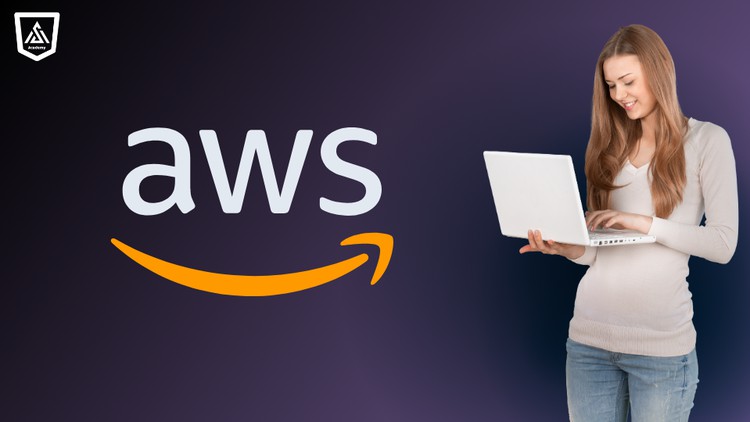
11 276
students
3.5 hours
content
Jun 2024
last update
$19.99
regular price
Why take this course?
-
Introduction
- Understanding the importance of cloud architecture in modern IT.
- Overview of how cloud services can transform businesses by providing scalable, flexible, and cost-effective solutions.
-
Stateful VS Stateless Services
- Stateful services maintain state information over time. Examples include databases and user sessions.
- Stateless services do not retain any user context between requests. Examples include REST APIs and static web pages.
-
Horizontal VS Vertical Scaling
- Horizontal scaling involves adding more machines (scaling out) to handle increased load.
- Vertical scaling involves upgrading the existing machine with more CPU, memory, etc. (scaling up).
-
Load Balancing
- The process of distributing incoming network traffic across multiple servers to ensure no single server bears too much load.
- Helps in achieving high availability and reliability for applications.
-
Fault Tolerance
- Designing systems to continue operating properly even in the event of the failure of some of its components.
- Ensures uptime and availability of services, typically through redundancy and failover mechanisms.
-
Loose Coupling
- Services are designed to interact with each other without being tightly bound, allowing for independent scaling and updates.
- Promotes modularity and simplifies the integration of different services.
-
Monolithic and Microservices architecture
- Monolithic architecture consists of a single codebase that encapsulates all the functionalities of an application.
- Microservices architecture breaks down applications into smaller, independent pieces, each running in its own process and performing a specific task.
-
Event-driven Architecture
- Architecture where components interact with events rather than direct integrations or API calls.
- Components can subscribe to certain events and perform actions accordingly, leading to more scalable and responsive systems.
-
Amazon Elastic Compute Cloud (EC2)
- A service that provides resizable compute capacity in the cloud.
- Covers creating and configuring EC2 instances, securing them with security groups and access control lists, and integrating with AWS services like ELB and Auto Scaling for high availability and elasticity.
-
AWS Storage services
- Discusses various storage options provided by AWS such as EBS (Elastic Block Store), S3 (Simple Storage Service), EFS (Elastic File System), etc.
- Includes practical examples of setting up, managing, and securing these storage options.
-
AWS Databases
- Overview of various database services offered by AWS like Amazon RDS (Relational Database Service), DynamoDB (NoSQL database service), etc.
- Covers the setup, scaling, and management of databases with real-world examples.
-
Automation on AWS
- Introduces automation in cloud environments and how to use AWS services like CloudFormation, Elastic Beanstalk for deploying applications and infrastructure.
- Discusses the principles of CI/CD and tools like AWS CodePipeline to automate the release process.
-
DevOps on AWS
- Explores the DevOps practices on AWS, emphasizing collaboration, integration, and automation among software developers and IT operations.
- Provides an overview of AWS CodeStar and other related services for implementing a DevOps culture.
-
DNS Service & Content Delivery
- Covers Amazon Route 53 as a scalable and highly available Domain Name System (DNS) web service.
- Discusses content delivery networks, CDN, and how AWS services like CloudFront can be used to cache content closer to users for faster delivery.
-
Application Integration & Loose Coupling
- Explains integration patterns such as using Amazon SNS (Simple Notification Service) and Amazon SQS (Simple Queue Service).
- Demonstrates how AWS Lambda can be used in conjunction with these services to create event-driven, serverless applications.
-
How to get Certified on AWS
- Provides guidance on the different certifications available from AWS, including the AWS Certified Solutions Architect and AWS Certified Developer Associate.
- Offers tips on preparing for the exams, understanding the exam format, and the kind of knowledge and skills required to pass.
This roadmap provides a comprehensive overview of cloud architecture, focusing on AWS services. Each topic is designed to build upon the previous one, leading to a deeper understanding of how to architect robust, scalable, and efficient applications in the cloud.
Course Gallery
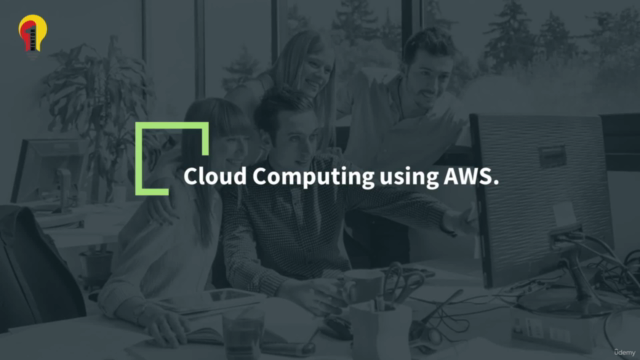
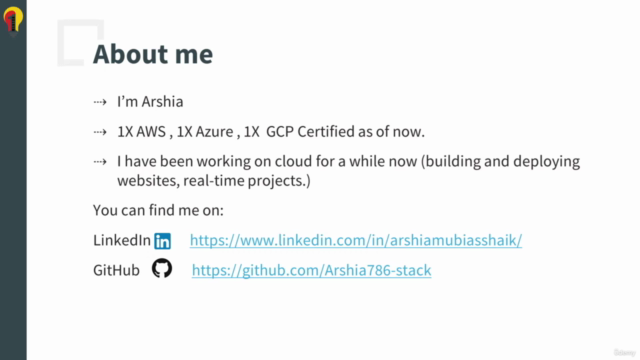
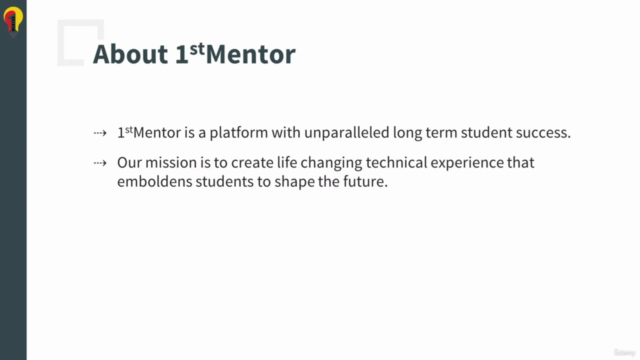
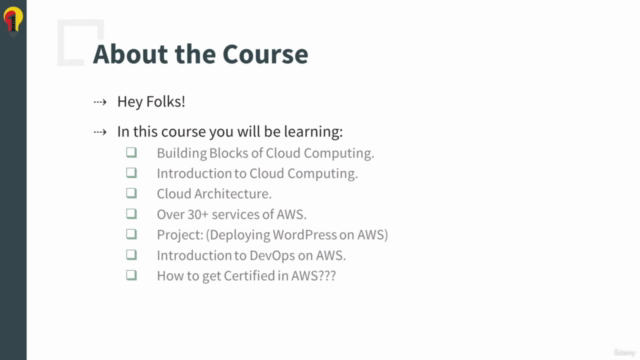
Loading charts...
Related Topics
4584252
udemy ID
07/03/2022
course created date
10/03/2022
course indexed date
Bot
course submited by